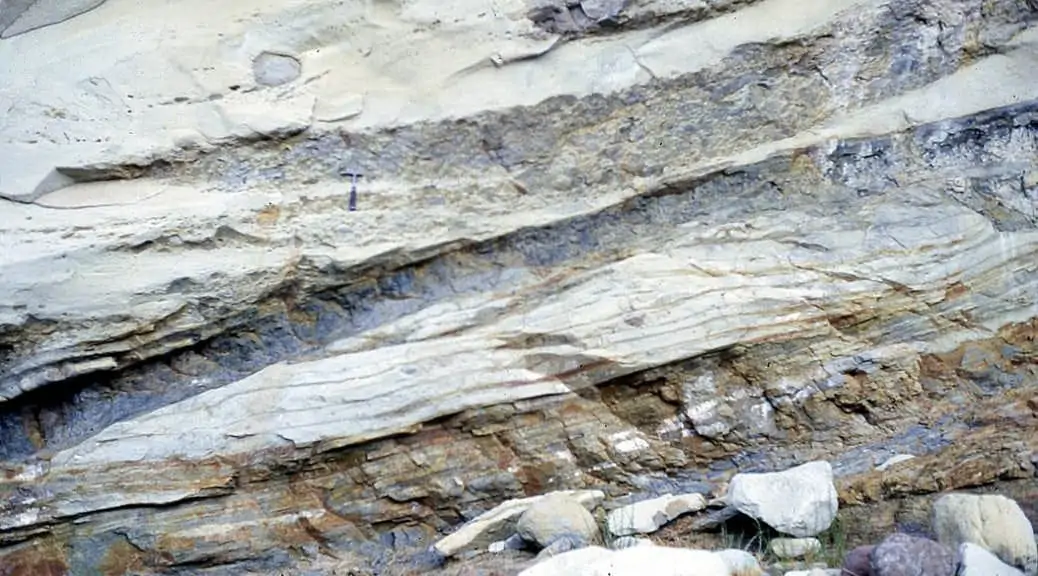The aim of the Shale Oil and Gas Security Sigils is to be a daily scan focusing on security related to shale oil and gas.
We are currently investigating new AI ways to deliver an even better East Seas Security Sigils. The original complimentary version ran from May 2012 to April 2023.
Although technological experimentations to extract shale gas and oil started in the 19th century, it is only in the 1980s and 1990s they started being commercially exploited on a relatively large-scale in the U.S., and in 2005 that production truly meaningfully took off, first in the Barnett Shale with shale gas (EIA, 2011). Since then, production of both shale oil and shale gas is seen as a game-changer, already operative in the U.S., potential in those countries with reserves. Shale fuels remain controversial, notably considering the various environmental risks, the social opposition and distrust, the uncertainty regarding recoverable reserves, the evolution of technology and regulations, and the opposite interests of different actors.
The rising concern about shale fuels and the way they are produced, “fracking” (properly “hydraulic fracturing”, the technology used to recover shale gas and oil) is perfectly exemplified by the results obtained in volume with Google search for the years 2004, 2008 and 2012. The Google Trends curves below (representing percentages, not quantities) also underline concern about fracking. There, however, interest in shale gas increases more than concern for shale oil (also probably because “shale gas” tends to cover all shale related fuels) while peak oil becomes less trendy. This also reminds us that information and analysis are and will be one of the arena where the power struggles for or against shale fuels takes place.
Considering the crucial importance of energy for our civilization and its impact on the environment (this needs to be reminded as the curves below would be dwarfed by other search terms like “baseball,” “football,” or “Oscars”), it is necessary to keep abreast of developments in this area to be able to anticipate potential evolutions in this fluid and volatile context, as well as to read documents from all sources if one wants to obtain, in fine, as objective as possible a judgement on the future.
The Sigils are a series of scans exploring the horizon for weak signals related to various issues relevant to the security of societies, polities, nations and citizens.
EIA, Review of Emerging Resources: U.S. Shale Gas and Shale Oil Plays, 2011.
Featured image: Cozy Dell Formation — Giant shale rip-up clast at the base of a high-density turbidite. In the Topatopa Mountains, Ventura County, Southern California.By Mikesclark (Own work) [CC-BY-SA-3.0 (http://creativecommons.org/licenses/by-sa/3.0)], via Wikimedia Commons




